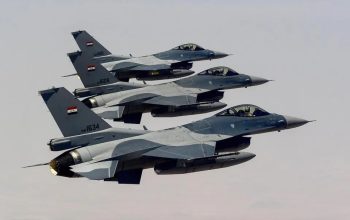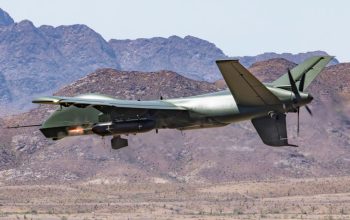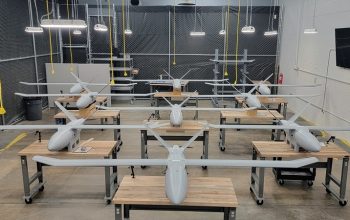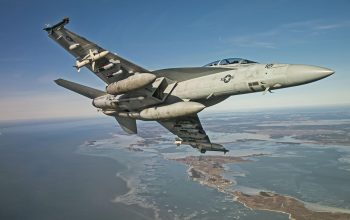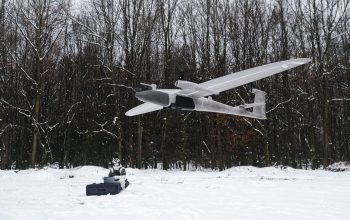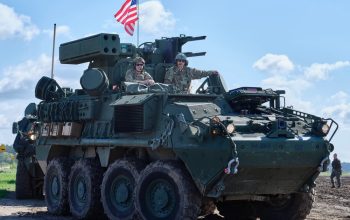The final retired OC-135B Open Skies aircraft from the 55th Wing at Offutt Air Force Base arrived at the 309th Aerospace Maintenance and Regeneration Group at Davis-Monthan Air Force Base, Arizona, June 9, 2021. The OC-135B was decommissioned after the United States withdrew from the Open Skies Treaty Nov. 22, 2020. The preservation process for the OC-135B is rigorous, taking 490 man-hours to one day re-service and put these aircraft back into operation as needed. Once completed, the aircraft will undergo the sealing process. The AMARG team will apply tape over the crevices, waxy coating over the glass and barrier paper over the engine’s inlets and outlets.
The process begins with the storage induction also known as “flush farm.” The flush farm team drains the remaining fuel, refuels the aircraft with a lightweight oil and runs the engines to preserve the fuel system plumbing before draining at the low points so the aircraft is stored empty and not dry. This is followed by a thorough cleaning at the “wash rack.” Finally, it will be sprayed with one coat each of a blue strippable preservation compound and then, a white ceramic blend top coat to serve as a temperature control. The white cover allows the inside temperature to remain within 10 to 15 degrees cooler.

“The OC-135B had a great career of service for our country and we, at the AMARG, are honored to be entrusted with its legacy as it joins America’s airpower reservoir. Though it is being sent into the AMARG, we will ensure that its capabilities are not lost for our service. We are committed to ensuring that these aircraft remain ready to be reintegrated at any time by executing our mission of storage, maintenance and regeneration,” said U.S. Air Force Col. Jennifer Barnard, 309th AMARG commander.
Like the majority of the aircraft at the AMARG, the OC-135B will be stored as a type 2000, meaning the parts could be reclaimed. The OC-135B joins over 3,000 other preserved aircraft at the AMARG from across the Department of Defense. The OC-135B Open Skies United States Air Force observation aircraft supports the Treaty on Open Skies. The aircraft, a modified WC-135B, flies unarmed observation flights over participating parties of the treaty. Three OC-135B aircraft were modified by the Aeronautical Systems Center’s 4950th Test Wing at Wright-Patterson Air Force Base in Ohio. In May 2020, the Trump administration said it would exit the treaty and gave the required six-month notice.





